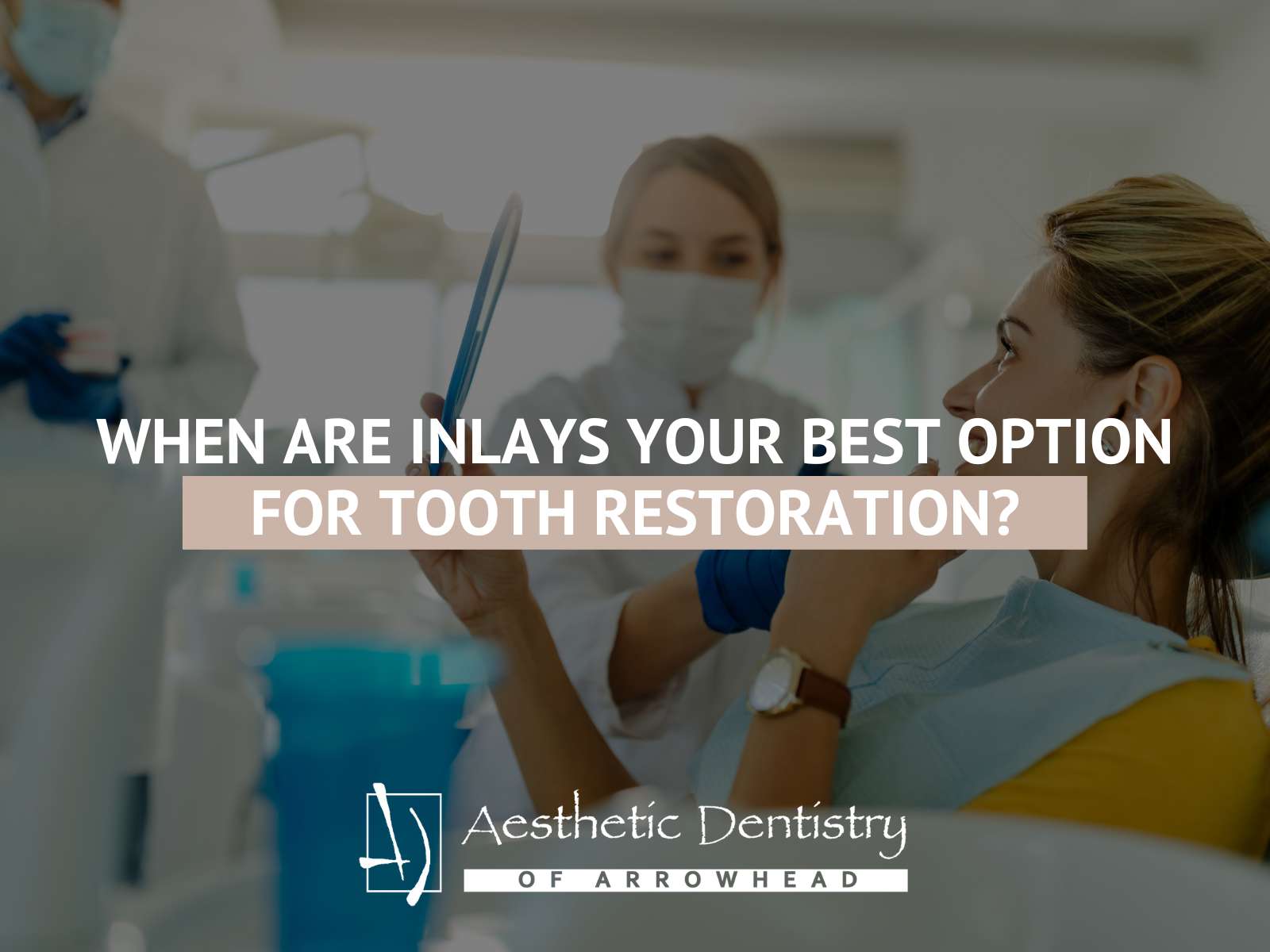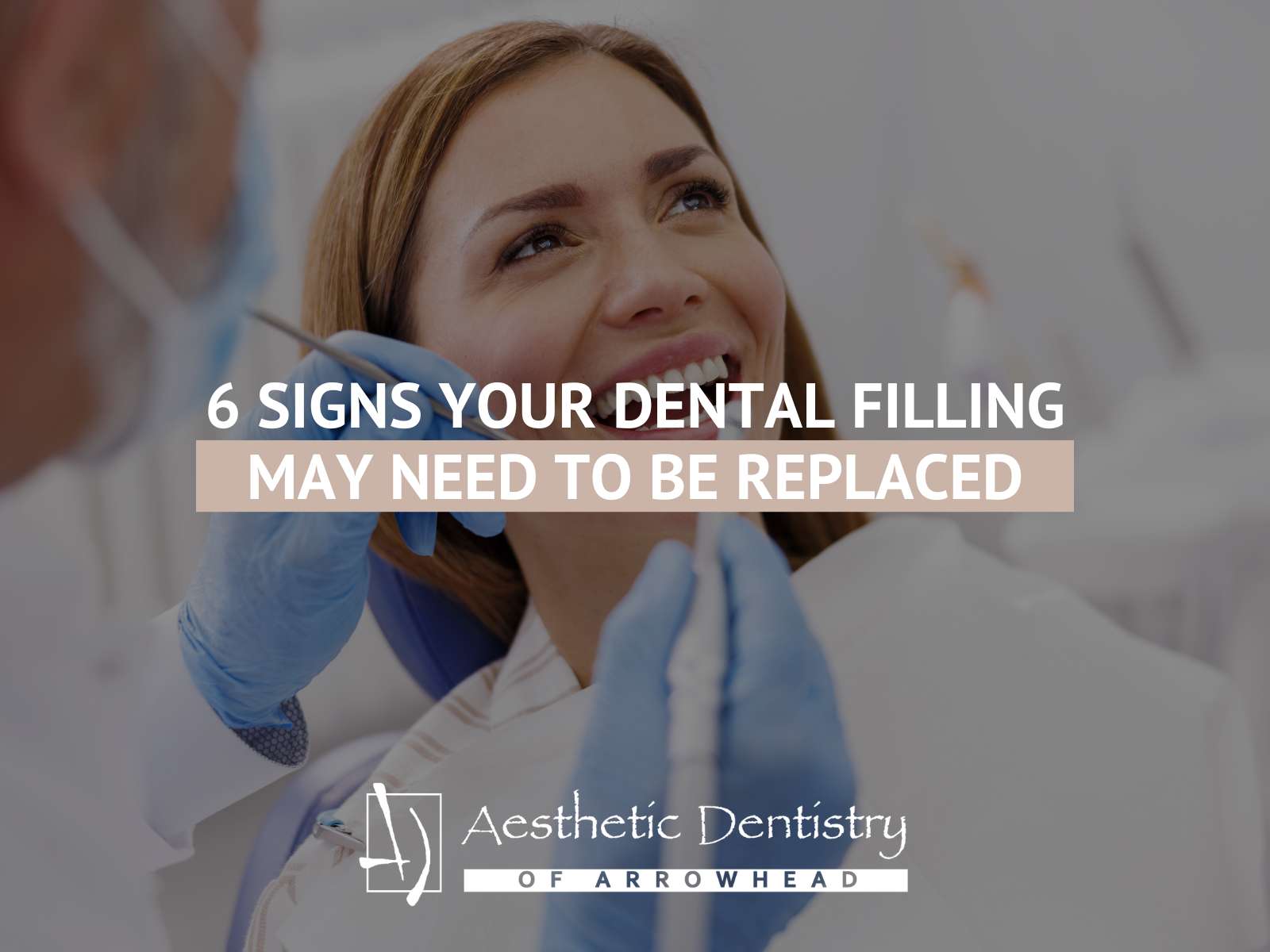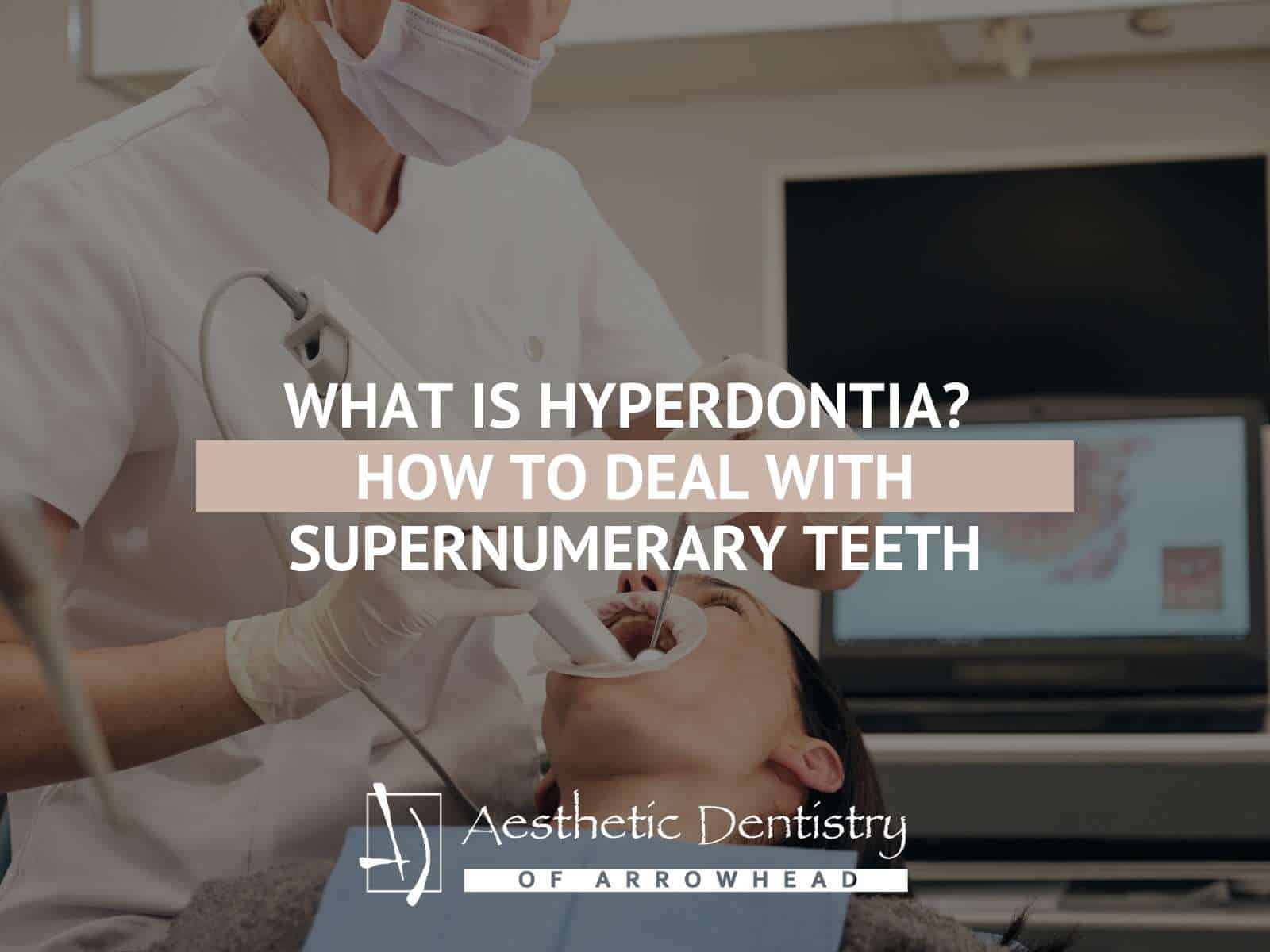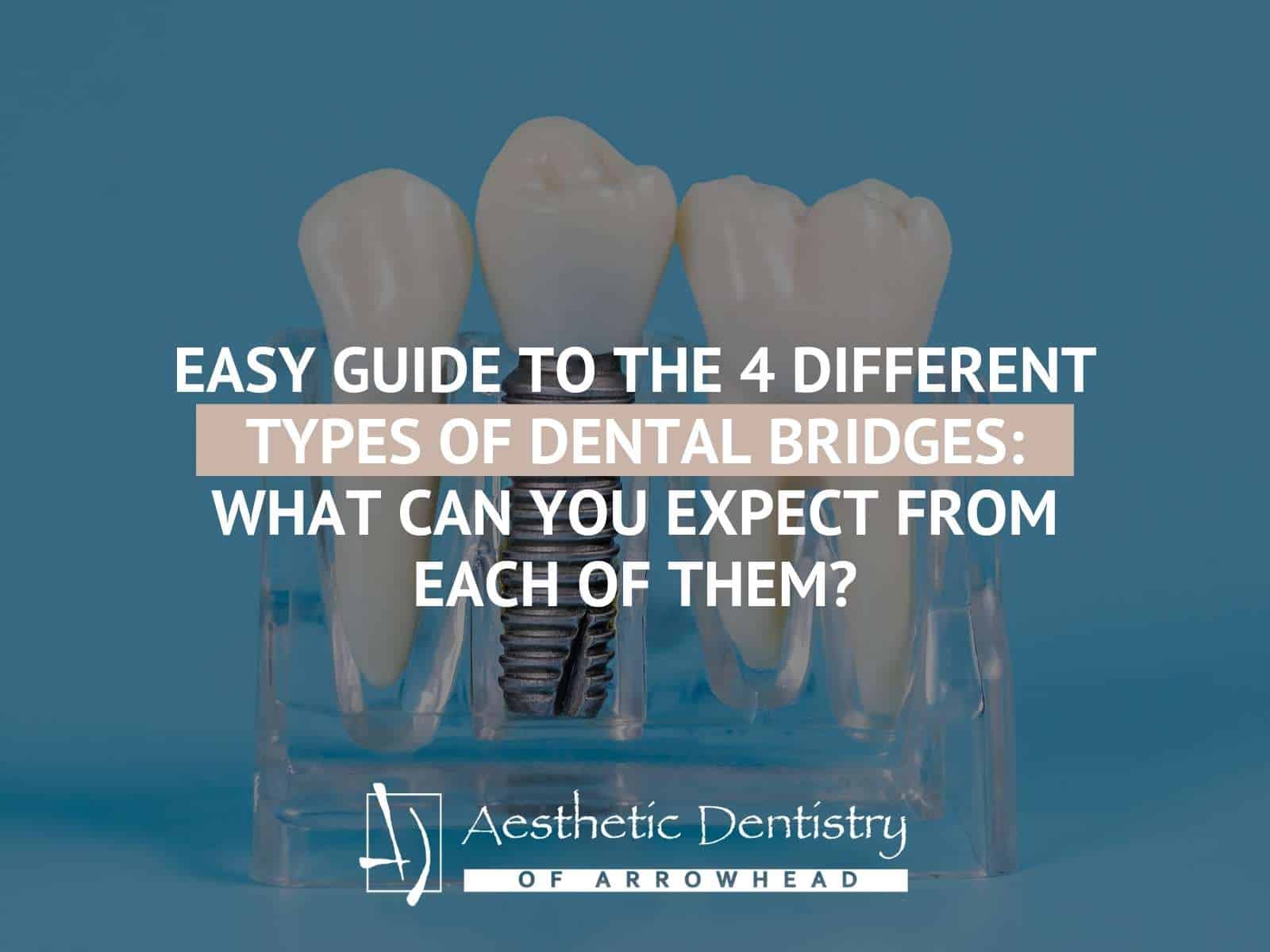When is the Best Age for your Child to get Braces?
The best age for a child to get braces isn’t simply a number that your Arizona pediatric dentist can magically come up with, it depends on many variables. Each orthodontic case in Glendale is unique. Generally speaking, the best time for placement of braces is between 10 and 14 years old, while the head and mouth are still growing and the teeth move more easily. But there is no one size fits all answer to this question.
Some patients become confused when they seek out a second opinion and that opinion differs from the one they have received from their Glendale pediatric dentist. What to do? Possibly seek out a third opinion, and hopefully you will find that you have two opinions that are in agreement. Most patients simply stick with the Arizona pediatric dentist they are familiar with. That’s why it’s a good idea to develop a relationship with your pediatric dentist early on, so that you already have that trust factor.
According to Arizona pediatric dentists, most patients undergoing single phase orthodontic treatment will not be ready to get their braces on before they have lost all of their primary teeth and their 12 year molars begin to erupt. If a child receives braces in Glendale any earlier, it simply prolongs treatment time, since teeth that have not erupted cannot be moved with brackets. Once all of the primary teeth are lost and the 12 year molars erupt, treatment time can vary anywhere between 12 and 30 months. The great variation in treatment times is due to the great variation in the severity and complexity of orthodontic problems.
So why do we sometimes see children wearing braces for what seems like years and years? The number one reason for this is that the child received the braces too early, before all baby teeth were lost and the 12 year molars erupted. Another cause of extended treatment time may be lack of patient compliance, especially in not having teeth extracted when necessary. Then there are the sometimes unavoidable changes in the original treatment plan, when something unexpected happens.
Usually, choosing the time to begin orthodontic treatment is a decision jointly made between the parents and the pediatric dentist. It will be the parent’s responsibility to see that recommended extractions or surgeries are performed in a timely manner.
There are exceptions to the 12 to 30 month treatment guideline. These are generally more complex cases, such as patients with missing or impacted teeth or a particularly severe malocclusion or crossbite. When a patient presents with these problems their pediatric dentist will explain to the parents that the child may require extra treatment time to allow for the eruption of impacted teeth, or to move teeth into position after several teeth have been extracted. This should be discussed before the orthodontic treatment begins.
Another exception to the rule of applying Arrowhead braces after all of the secondary teeth have erupted is when it comes to correcting an underbite. An underbite is one of the more difficult conditions to treat and is best corrected after a child has finished growing. Otherwise underbite patients have a tendency outgrow their correction and require more orthodontic treatment. So in the case of an underbite the dentist may choose to observe the child’s growth, and not begin treatment until they have finished growing.
One more exception to the rule of waiting until the 12 year molars have erupted is when a patient’s orthodontic issue is severe enough that it is causing immediate problems. Some of these situations include teeth that protrude so badly they are in danger of being chipped or cracked, and issues severe enough to hurt the child socially, possibly lowering their self-confidence. In addition, some issues with overcrowding and/or a small dental arch may need to be corrected earlier since a palatal expander only works while the child is still growing. Often a crossbite should also be corrected early. These conditions can prevent normal oral and facial development.
No two patients are alike, and different dentists may employ different treatments, although they both result in the desired orthodontic correction. As a parent you have every right to question your dentist’s treatment plan or to seek a second opinion.

If you have questions about your child’s orthodontic needs or when it would be best to begin treatment, make an appointment to see Dr. Greg Ceyhan at Aesthetic Dentistry of Arrowhead for a completely free orthodontic evaluation. Appointments can be scheduled over the phone or online, with convenient hours to meet our patient’s needs. Our patients are our top priority!

17100 N 67th Ave, Suite 500
Glendale, Arizona 85308
Phone: (623) 979-1515
Fax: (623) 878-1811
Office Hours: Monday-Friday: 8am-5pm
Website: https://www.drgregceyhan.com







